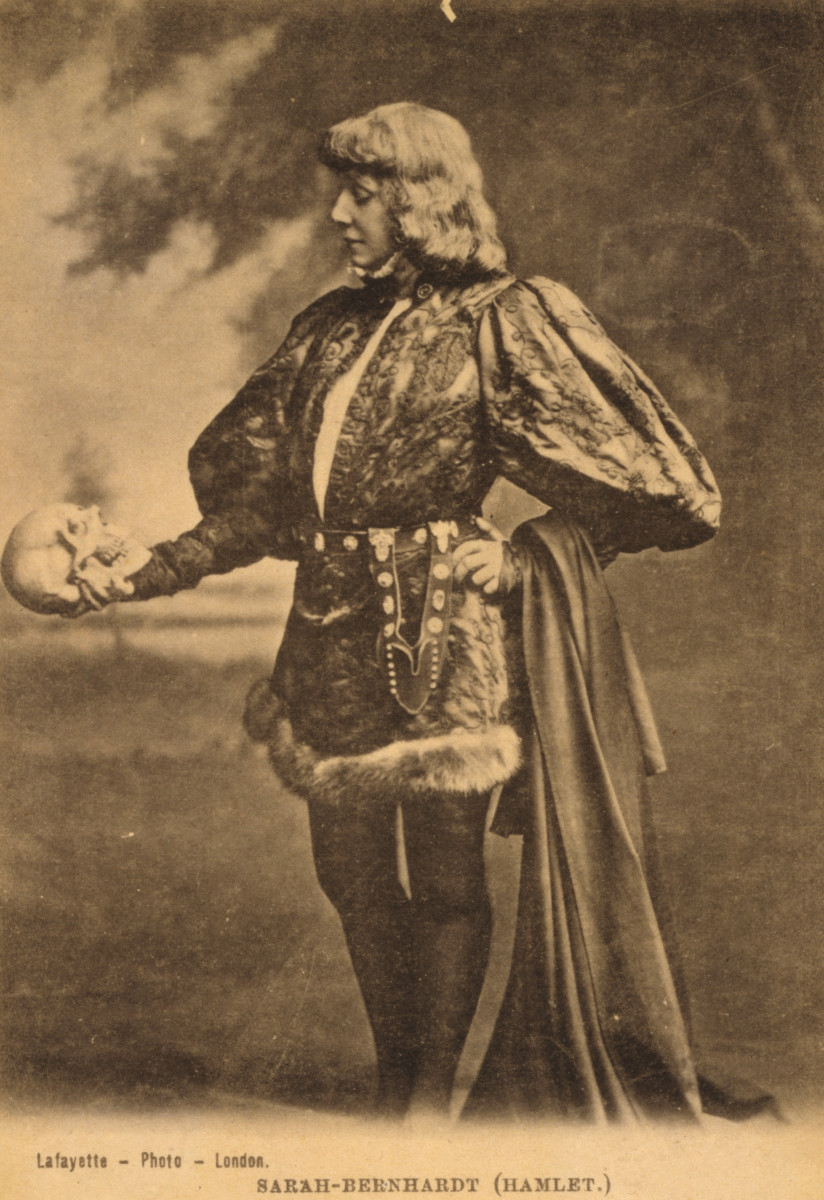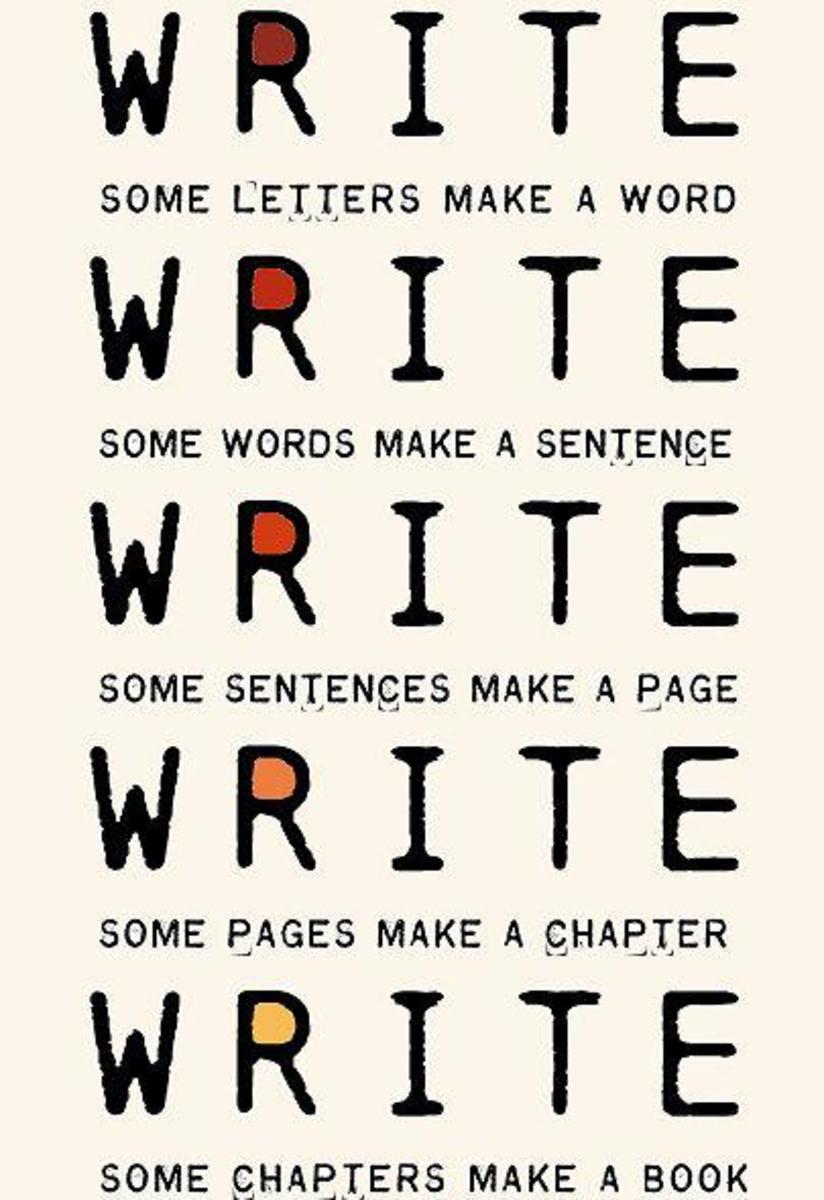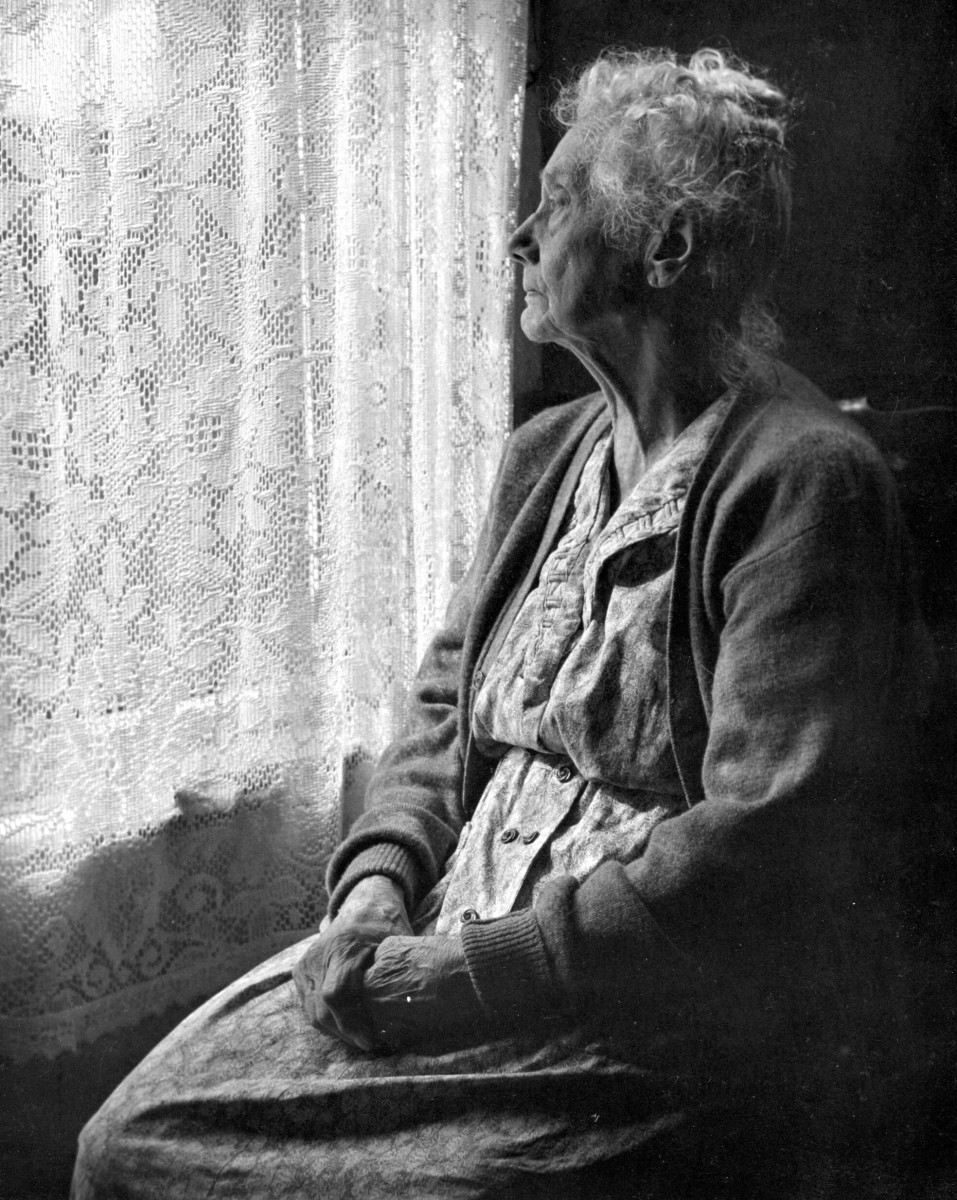How to Plot a Story: The Personal Cost of a Climax
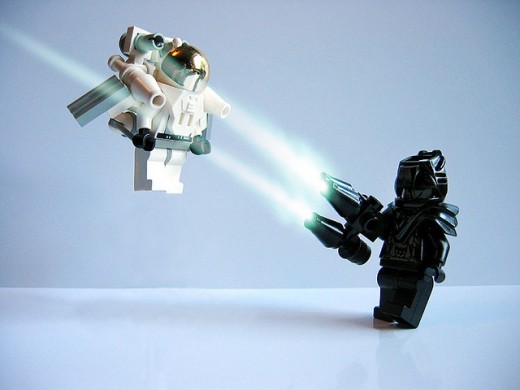
Do you remember studying plots and story arcs as a freshman in high school?
You probably remember it was the boring part of English class where your teacher drilled the idea into your brain that all stories deal with a conflict that leads to a climax and a resolution. You were probably forced to take known stories and plot them alongside the arc of the hero’s journey. I remember it being disgustingly boring and made me feel like stories had become too formulaic.
The Story Arc You were Taught
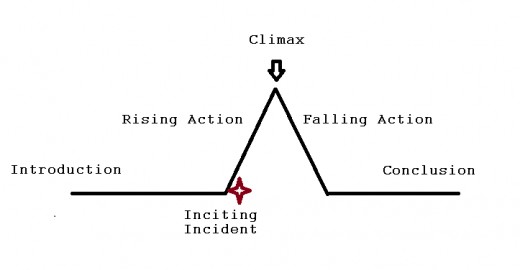
Story is Conflict
Now, as a seasoned writer of both an independent film and several works of fiction, the story arc has become one of the most fascinating aspects of crafting a story. I remember a film professor I had saying, “Conflict is story. Without conflict, you have no story.”
The idealist in me cringed. I wanted to write nice stories about nice and wonderful things, but that is not how fiction works—and that is not remotely the course of normal life.
Life has conflict. Every conflict you encounter makes you into the person you are becoming. Without conflict, there is no growth and movement forward. Why should our stories be any different?
The Real Story Arc
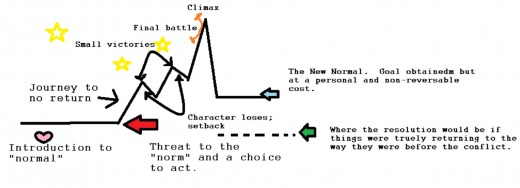
The Plot
Now that we've established that conflict is the backbone of all storytelling, we will take a look at the basic story plot.
Introduction
During the introduction, you meet the characters, and get a glimpse of what normal life is like in the fictional world of the story. There is a sense of normalcy that is often idyllic. Froto and Sam are playing in the Shire, and Katniss is hunting in the forest and helping her family. All is well in the world, even if that world isn't perfect—it follows a system.
Inciting Incident
The inciting incident is the incident that propels the story into action. It is the start of the threat to the norm. Bilbo Baggins finds the ring in the river, Katniss' sister is chosen for the Hunger Games, and Jason Bourne finds a Bank account number in his hip.
Even though it is the character's choice to react to the inciting incident, there is often a sense of destiny or a strong desire to react. It pins the character in a corner and forces he or she to make a choice.
Had Froto not taken the ring, the Shire wouldn't have been threatened and no journey would have ensued. Jason Bourne could have thrown the number into the sea and carried on with his life, and Katniss could have let her sister go to the games and she would have carried on shooting squirrels for her mother's supper.
The inciting incident is where evil, turmoil, and conflict are revealed. It is the beginning of the pathway to no return.
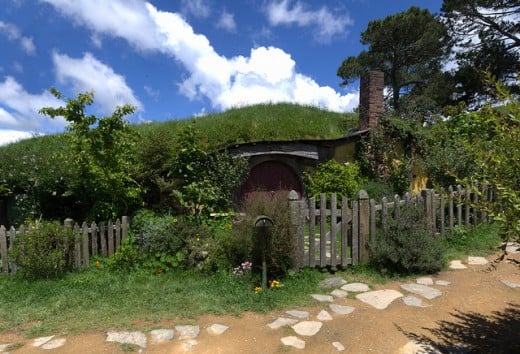
Rising Action
The rising action takes up the largest part of the story and builds the tension and conflict. At his deepest core, the protagonist is taking the conflict journey because he wants his little world to return to the way it was or he wants to improve his life and get out of the normal cycle.
The protagonist is shown a threat and decides to react to it, but the deeper in he goes, the more the conflict increases. Not far into his journey, he realizes that he has hit a point of no return and must defeat the source of conflict if he is to survive and return to his normal state.
Climax
The climax of a story is the point in which the conflict can go no higher or more intense—it is the final battle and the war to end all wars. It is the point in the story that directly confronts the character's weaknesses and uses his or her best assets and skills to overcome the conflict. It is the point in the character's personal journey that the whole story is leading up to. Everything he has learned and gone through was all leading to this one moment, and he intends to end the conflict once and for all.
Internal and External Conflict
The External Conflict is the physical battle or conflict the protagonist is fighting or resolving. It is the big picture conflict: the battle for Middle Earth, finding and righting Jason Bourne's identity, or Elle Woods getting into Law School.
The Internal Conflict is the more personal and delicate conflicts the protagonist is fighting for. Jack Bauer is trying to forgive himself for his sins, Jason Bourne is trying to protect his girlfriend and fight the images in his head, and Elle Woods wonders if she is smart, strong, and independent.
Falling Action
The Falling action is where the story is being to wrap up. The climax has ended the conflict and the falling action shows the external conflict's consequences.
If the protagonist was successful in his mission, then the threat has been eliminated or put in its place. If he was unsuccessful, then it's a tragedy and everyone dies in the end anyway. Did Romeo and Juliet get what they wanted? Did they defeat their families? No. They committed suicide to be together in death.
Resolution
The resolution is much more delicate than the Falling action. In the film world, the Hero defeats the evil forces and returns home to his lover, a changed man.
There is a lovely seen in the Bourne Identity where Jason Bourne finds Marie in Greece. They share a passionate kiss and the audience is left with the impression that he no longer wants to be a killer, but a lover.
His internal question was, "Am I a stone cold killer?" His answers are given when he confronts the head of the operation and takes down Treadstone in the Climax. He was indeed programmed to kill, even drugged to kill. The end of the film shows the very thing that caused his conflict in the first place: that he is capable of love and no longer wants to kill.
The Cost of the Climax
When the dust has settled and the Climax has ended, there is both a sense of gain and of loss. The world can never go back to the way it was, which is both positive and negative. The best illustration of this is the final scenes of Return of the King.
The Lord of the Rings (Spoilers)
The fellowship of the ring, who we've gone on a 9 hour adventure with, are standing by a boat saying their goodbyes to Gandalf. Now that peace has come to Middle Earth, he must return to Grey Haven because his work is done.
"It is time, Frodo," Gandalf says, calling Frodo to join him on the boat. His friends are confused and shocked at his statement.
Sam asks, "What does he mean?"
Frodo replies, "We set out to save the shire, Sam, and it has been saved...but not for me." Frodo hands Sam the book and says, "the last pages are for you, Sam."
The intense power of the ring and the burden he bore, along with being stabbed, meant Frodo could no longer remain in Middle Earth and would have to live out his final days in Grey Haven.
There is a sense that it was Frodo's destiny to bare the ring, but with that responsibility came a dire consequence. He set out on the journey to save the Shire and it was saved, but at an eternal and personal cost. He grew from a timid little thing into a bold and courageous Hobbit and at the end, he is at peace with his journey. Knowing the consequences, there is no doubt that he would have picked up the ring, knowing that the Shire would indeed be saved. He smiles joyfully to his friends as he departs towards a peaceful and final resting place.
The Dark Knight Rises
Batman (Spoilers)
Christopher Nolan's The Dark Night Rises, offers one of the best cinematic ending of all time. After three movies, Batman finally reveals himself to Gordon, the tireless detective who has been hunting him. Here is the scene:
Jim Gordon: I never cared who you were...
Batman: And you were right.
Jim Gordon: ...but shouldn't the people know the hero who saved them?
Batman: A hero can be anyone. Even a man doing something as simple and reassuring as putting a coat around a young boy's shoulders to let him know that the world hadn't ended.
[takes off in the Bat]
Jim Gordon: Bruce Wayne?
What is so touching about that scene is that it brings the movie full circle back to the first one, where the young Bruce Wayne was comforted by Gordon the night his parents are killed. Gordon finally gets the closure he needs.
In a final heroic act, Batman then flies the bomb out of the city and appears to be annihilated in an exploding flash. Several things get wrapped up in the minutes that follow, starting with a small funeral for Bruce Wayne, at his mansion, where he is buried among his parents.
Then the will is read, with his house allocated for the orphaned children of the city and the rest of his estate going to Alfred. Having once been a selfish playboy, Bruce has changed over the course of 3 films and leaves everything he has to those who need it and to his father-like butler—the person who has stood by him all these years.
Robin declines Gordon's law enforcement job and goes down into the Southeast corner and rises out of the bat cave, sure to be the next savior of Gotham.
The final scene ties the entire film together. All along, Bruce felt the weight of being the guardian of Gotham. It was a great burden to bare, but one he could not turn away from. Earlier in the film, Alfred tells Bruce Wayne:
Remember when you left Gotham? Before all this, before Batman? You were gone seven years. Seven years I waited, hoping that you wouldn't come back. Every year, I took a holiday. I went to Florence, there's this cafe, on the banks of the Arno. Every fine evening, I'd sit there and order a Fernet Branca. I had this fantasy, that I would look across the tables and I'd see you there, with a wife and maybe a couple of kids. You wouldn't say anything to me, nor me to you. But we'd both know that you'd made it, that you were happy. I never wanted you to come back to Gotham. I always knew there was nothing here for you, except pain and tragedy. And I wanted something more for you than that. I still do.
The film ends with Alfred spying Bruce across the cafe from him, in Italy. Bruce has found love and looks happy, just like Alfred wanted. He is alive and it is a secret only Alfred knows.
Gotham gets to go back to normal, but Bruce Wayne is dead to the world and can never come home. That is the cost of the climax.
Writing Tips from Author Jennifer Arnett
- Tips For Creating Characters: Discover their Driving Desire
Every character is driven by one all consuming desire. When creating a character, you must revolve everything in that character's world around that one desire. - Can I Make Money Writing Short Stories?
There has never been a more superb time, in all of literary history, to make money off of your short stories. With independent e-book publishing, anyone with a little talent, a truckload of ingenuity, and the stubbornness of a donkey can profit from. - 20 Ideas For Overcoming Writer's Block
2o ideas to help cure the common bout of Writer's Block. - Advice For English Majors
Advice for English majors from a graduate of California State University's Creative Writing program. How to turn your English Degree into a career. - Make Them Dance: A Guide To Writing Irresistible Fic...
Writing irresistible fiction starts with getting your characters out on the dance floor, upping the stakes, multiplying the consequences, and piling on the tension.



